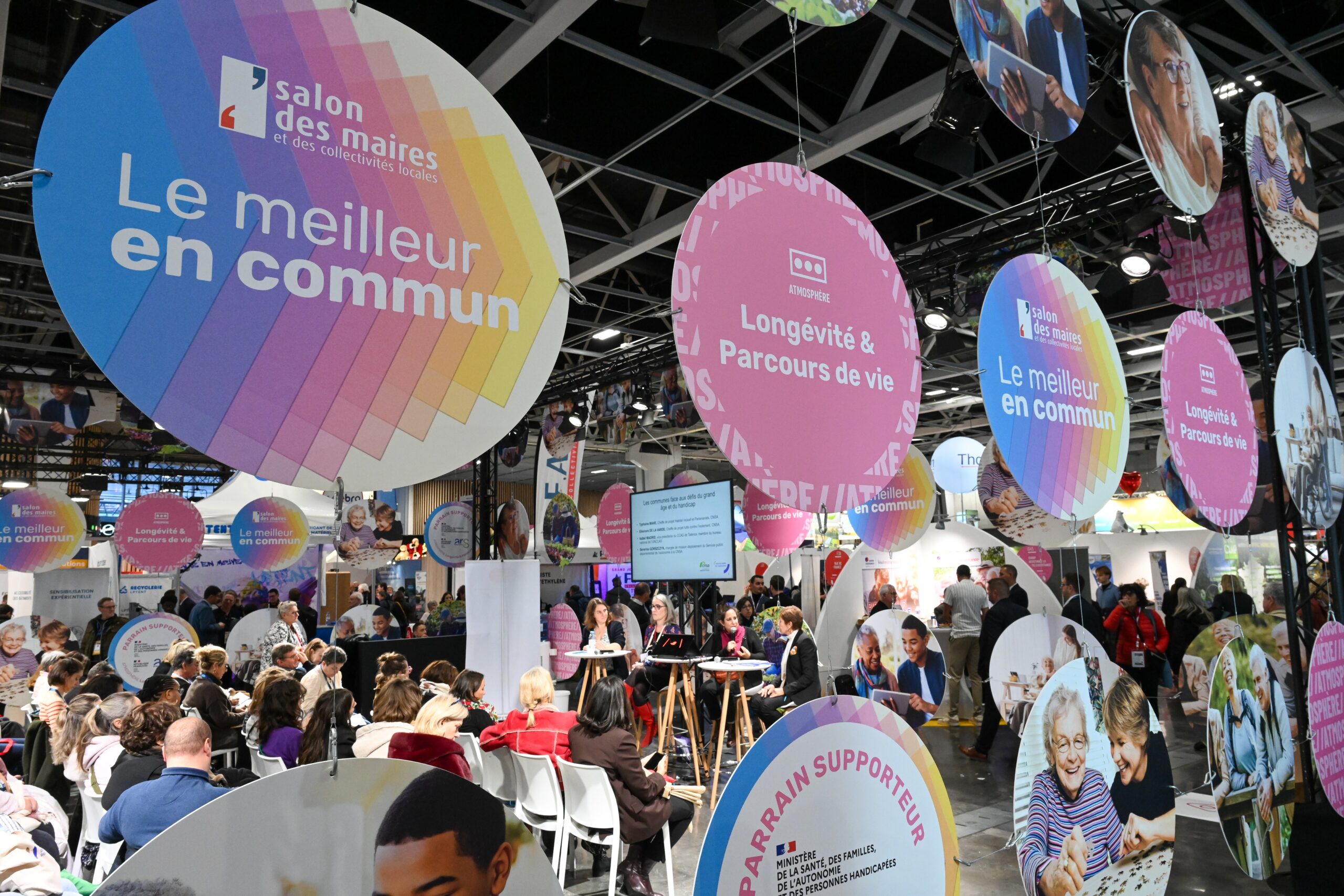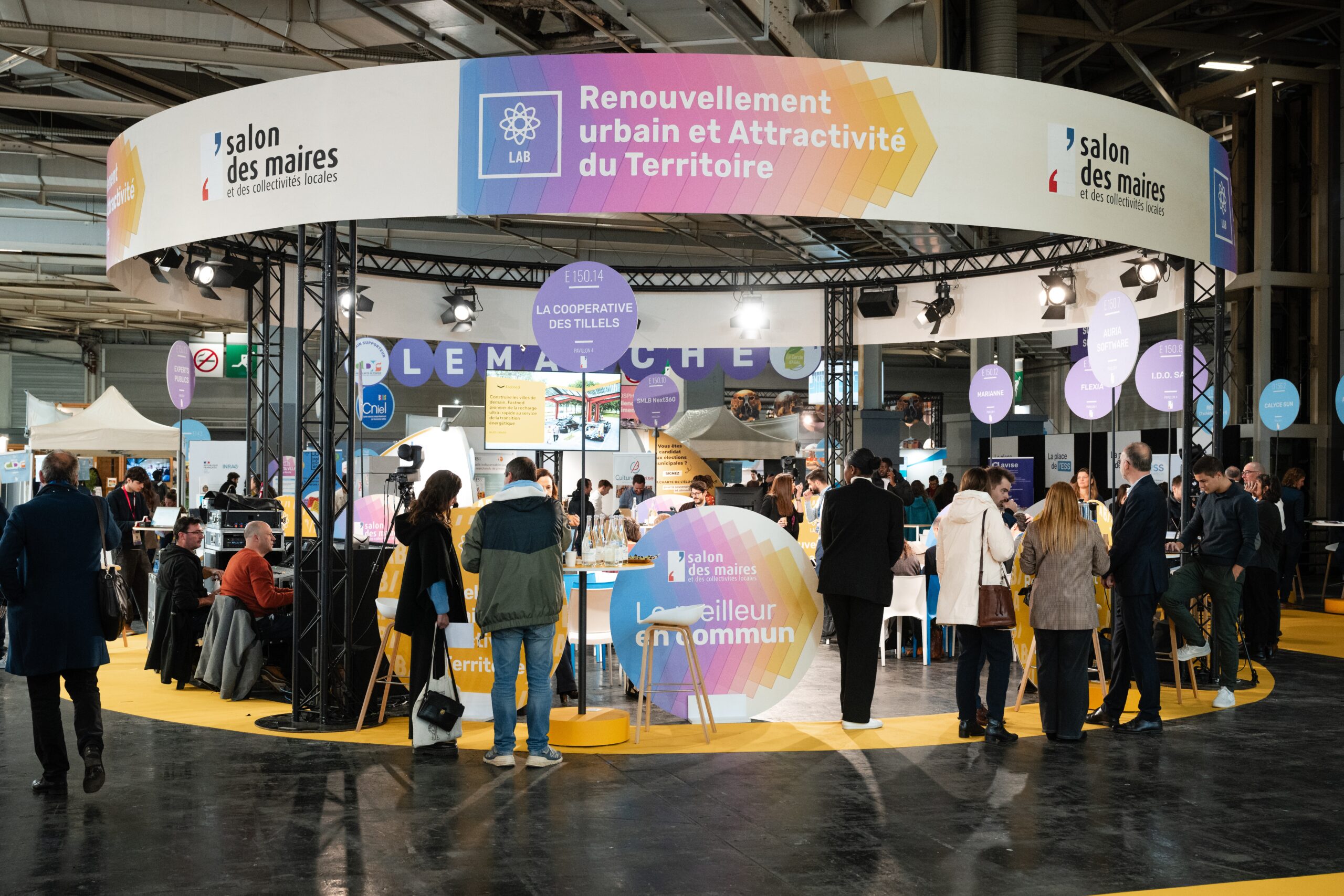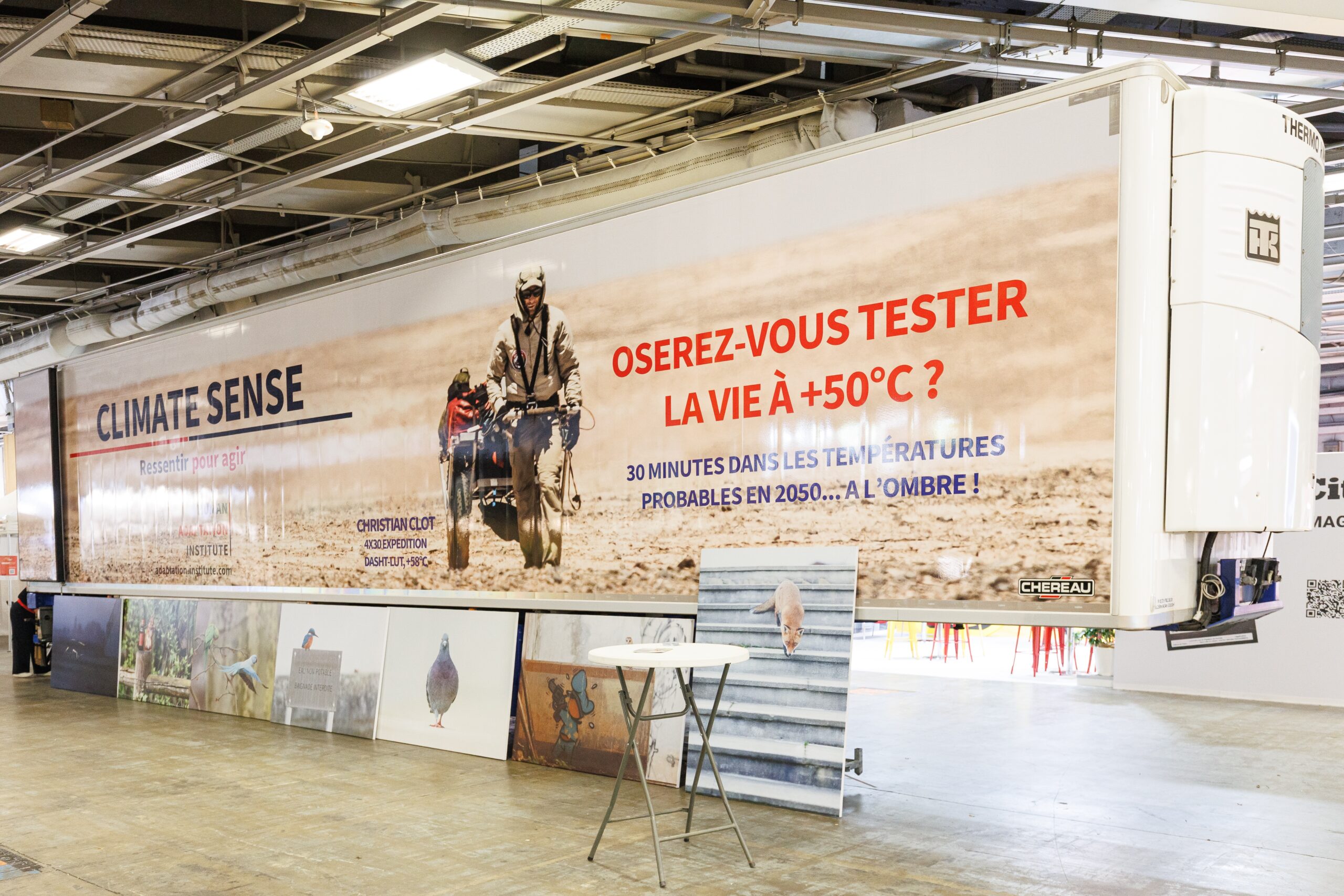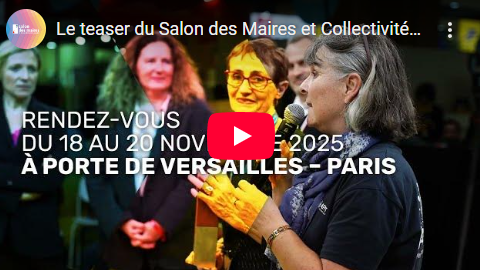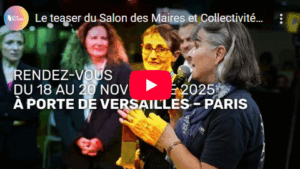4 complementary types of areas
The speaking areas offer opportunities to present solutions, express needs, engage in dialogue, and showcase emblematic places of local life. These exchanges are built around major themes such as: energy sobriety, decarbonized mobility, ecological planning, agricultural and food resilience, trusted digital technology, longevity, and life paths.

The Atmosphère
The Atmosphere are themed spaces that allow exhibitors and partners to speak and present solutions, projects, and initiatives that illustrate the implementation and acceleration of transitions at the local level.
They highlight cross-sector synergies and encourage dialogue around economic, ecological, and social transformations.
The Labs
The Labs are participatory dialogue spaces combining forward-looking perspectives and concrete solutions. They shine a light on territorial cooperation and transformation levers for sustainable territories, through a pragmatic approach based on diverse viewpoints.
A conversational and participatory format is preferred and recommended to make the Labs privileged spaces for debate, encounters, and exchange all in the service of cooperation and collective action in the territories.
A space fully dedicated to territorial innovation in all its forms: its stakeholders, ecosystem, and driving forces.

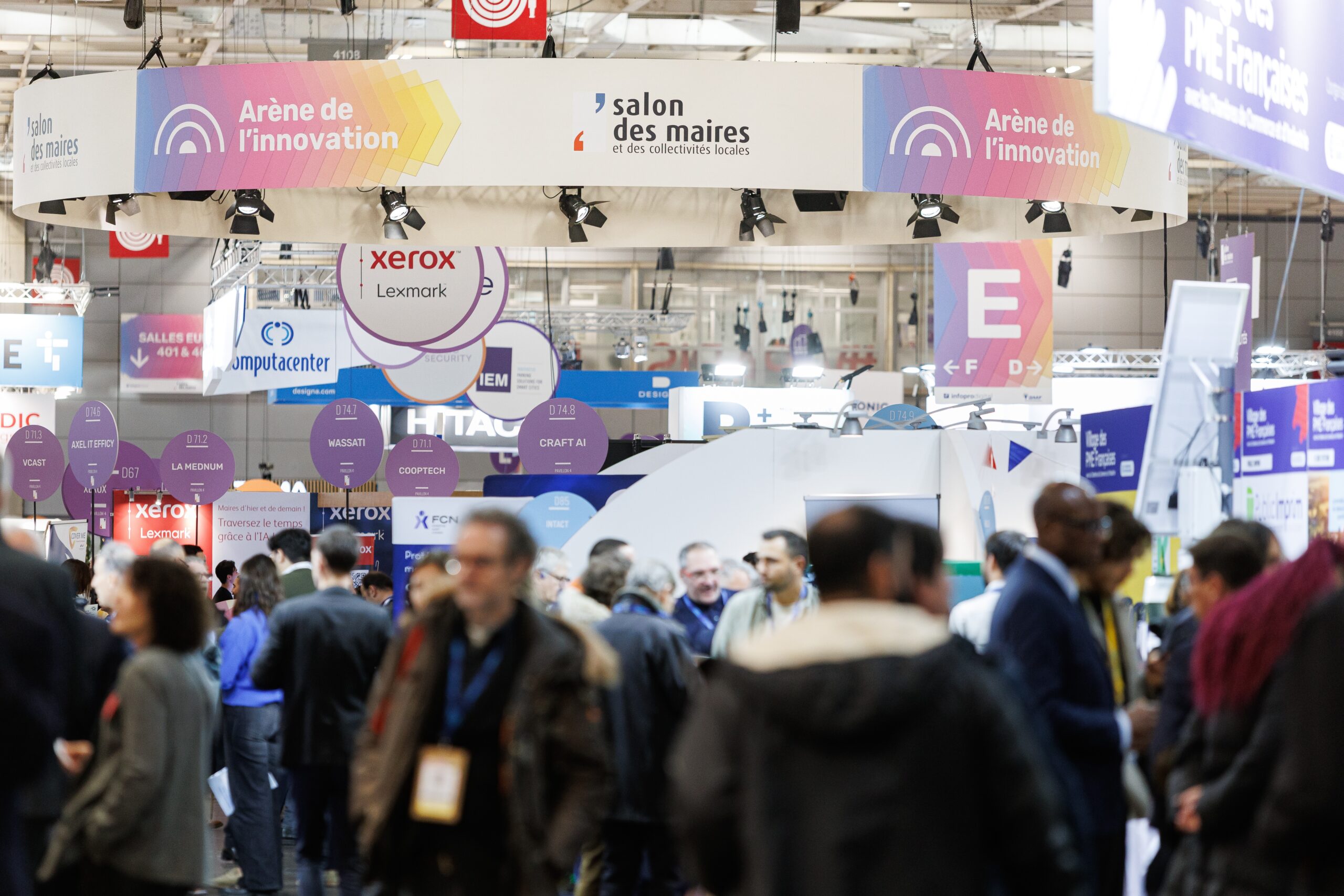
The Innovation Arena
An area dedicated to regional innovation in all its forms: its stakeholders, its ecosystem, its dynamics.
The Arena’s program is varied to illustrate the diversity of solutions, needs, players, and initiatives: startup pitches to promote solutions, reverse pitches by local authorities to express needs and realities, presentations and discussions on territorial strategies and actions, and sequences featuring winners and awards dedicated to territorial innovation.
The Vis-ta-Ville
These Vis-ta-Ville (“Live Your City”) areas are interactive zones within the exhibition that recreate symbolic and essential spaces of everyday local life.
Spread throughout the exhibition’s sectors, these spaces and their stakeholders help stage real-world practices, demonstrate achievements and uses of these places, and show how they link to the city’s daily life and residents’ activities.

The Places
The “places” are collective spaces that bring together targeted expertise to showcase an activity, its solutions, and its offerings. They enhance the visibility of industry sectors, make niche companies easier to identify, and structure the exhibition’s offerings to help guide visitors.
The places featured in the 2025 edition:

Circular Economy Square
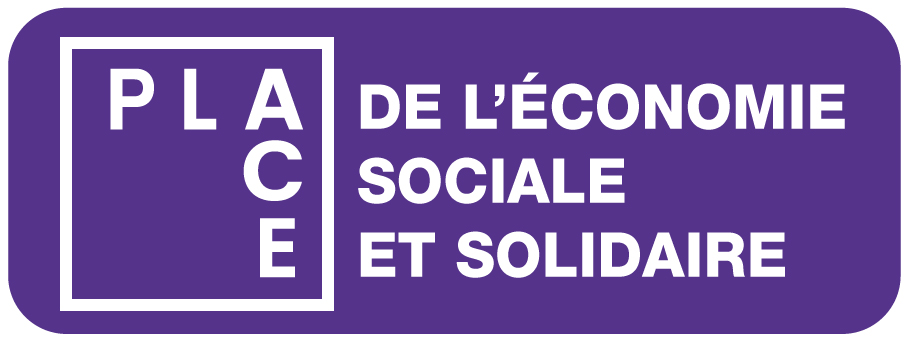
Social and Solidarity Economy Square

Europe Square
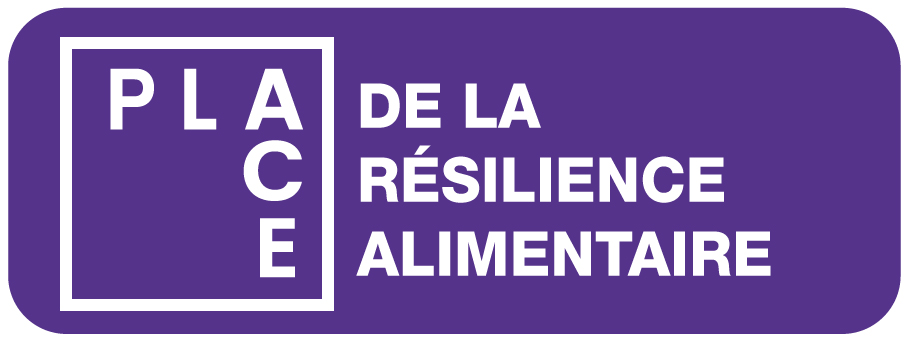
Food Resilience Square
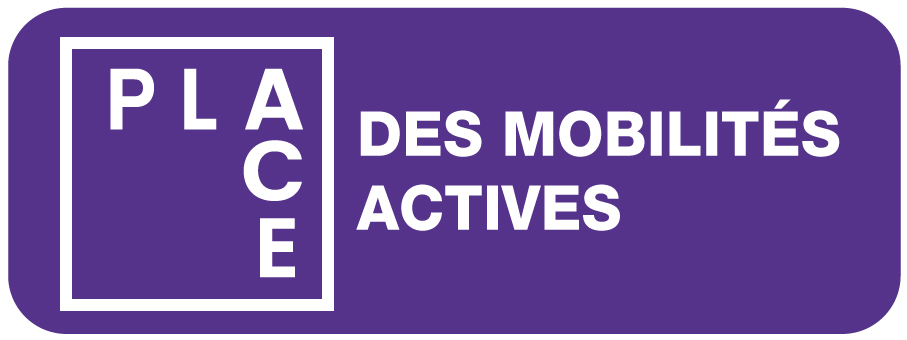
Active Mobility Square
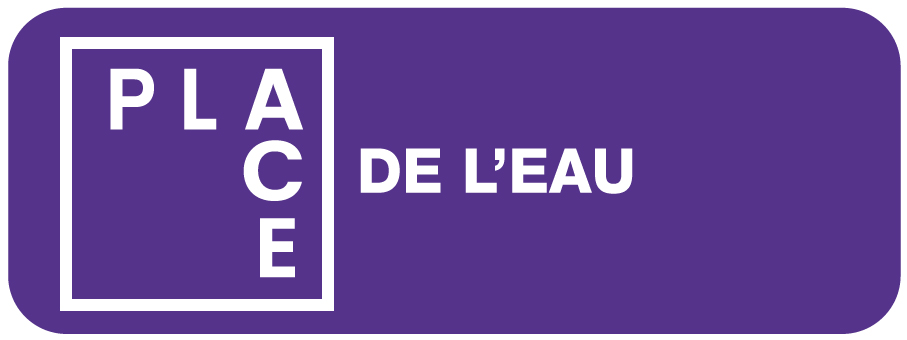
Water Square
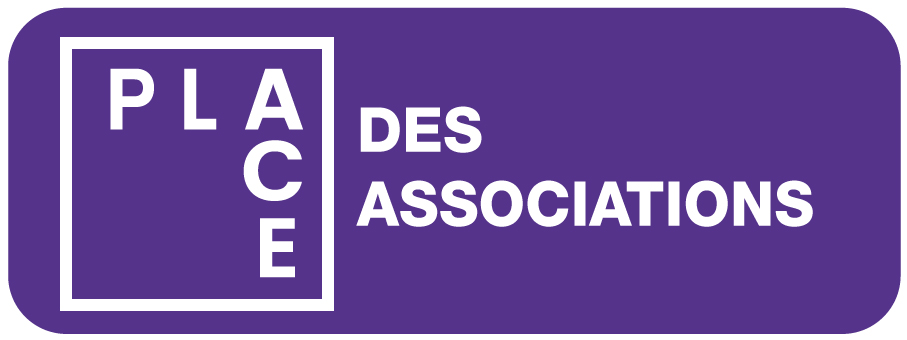
Associations Square
